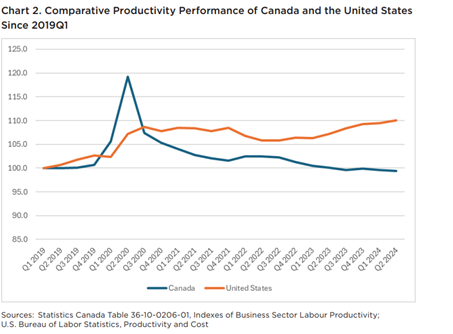Canadian businesses grappling with looming shortage of workers and technology disruption, Canadian organizations investing more in technology, fewer businesses hit by cyber-attacks but recovery costs rising, digital skills “very important" but nearly half of nonprofits are just starting to develop these skills, thousands of international students miss fall semester at Ontario colleges, and more.
Other stories mentioning these organizations, people and topics
| Organizations: | Government of Canada |
| People: | Dr. Susan Tighe |
| Topics: | federal Regional Artificial Intelligence Initiative |
Other News
Events For Leaders in
Science, Tech, Innovation, and Policy
Discuss and learn from those in the know at our virtual and in-person events.
See Upcoming Events
You have 0 free articles remaining.
Don't miss out - start your free trial today.
Start your FREE trial Already a member? Log in
By using this website, you agree to our use of cookies. We use cookies to provide you with a great experience and to help our website run effectively in accordance with our Privacy Policy and Terms of Service.




